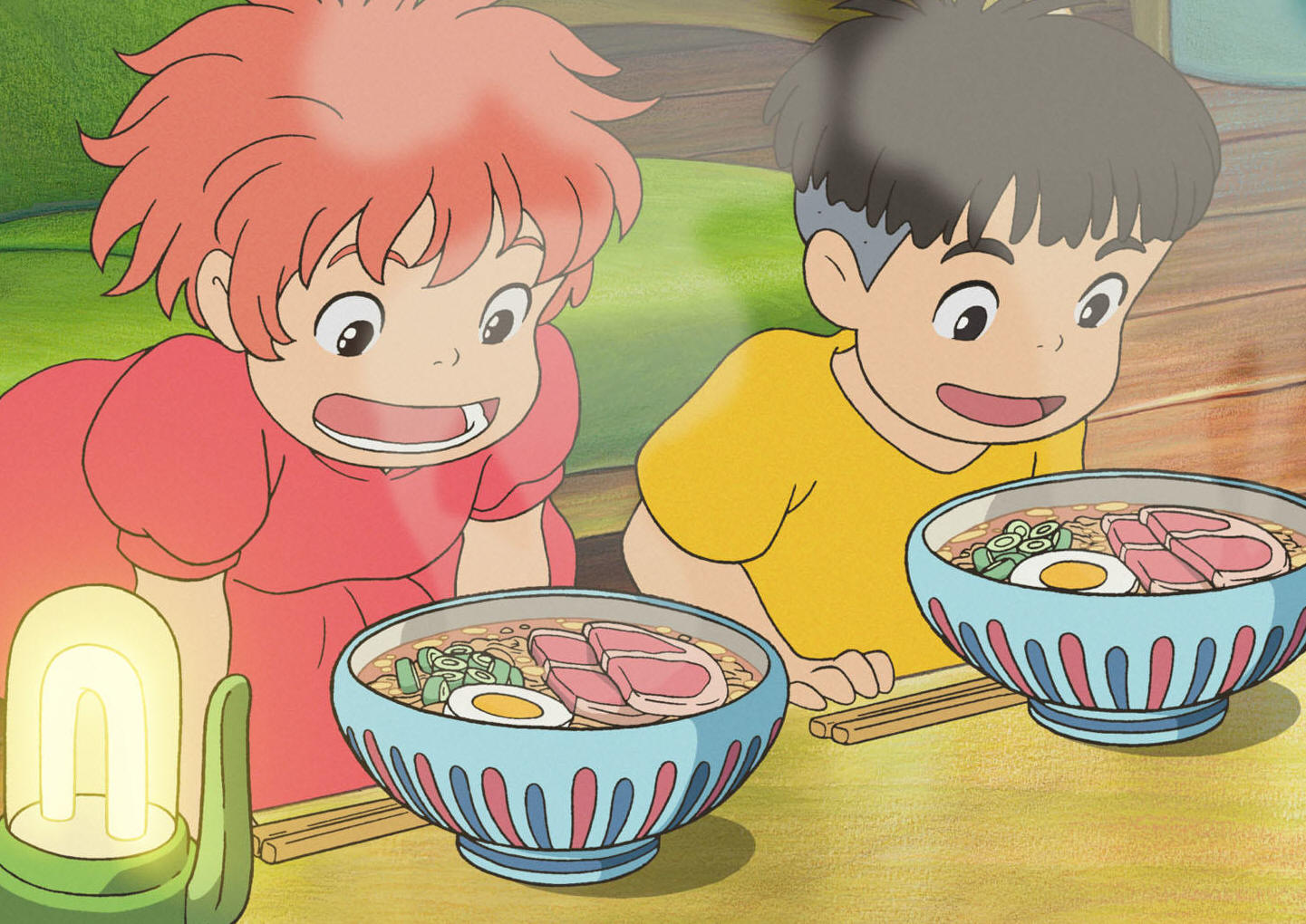Language of Food
Physically trading food and ingredients isn’t the only way that food is shared across cultures, as even the language people use can be a way that it is shared.
Exquisite French Food
In the nineteenth century across Europe, because of the cultural reach France had, French food was considered the ultimate example of “noble” and “exquisite” cuisine. The reason being that “France had the decided advantages of a centralized government and concentrated cultural life that long took the court as its model for sophisticated behavior and practices…French culture carried so much clout that it was identified with the civilizing process itself. The Europe that counted looked to France.
“Everyone” spoke French. They also, even more assiduously, ate French” (Ferguson, pg.11).
This mentality has persisted to modern culture, as many French restaurants around the globe are decorated to give off that feeling of exquisite luxury. While a generalization, this is a prominent example of food language being used to experience and learn about other cultures—albeit through an admittedly rose-tinted view.
Media Portrayals of Food
That’s not to say that all examples of the language of food are as boisterous as this, as the language of food can be used to convey a positive look at enjoying food as a whole. Many types of media over the years have been used as a means to explore just how fascinating food is, whether it’s the process of cooking it or how people enjoy it. A notable American example is Green Eggs and Ham by Dr. Seuss, a story that’s entirely focused on the experience of trying new things—food in this case—that you normally wouldn’t have. In TV and movies this has also been explored in many other ways. For example, Studio Ghibli, creators of beloved animated works such as Spirited Away and Howl’s Moving Castle are known for their lovingly crafted recreations of food on the big screen. Whether that’s the ramen Ponyo eats with Sosuke in Ponyo, or the herring pie Kiki delivers in Kiki’s Delivery service, Studio Ghibli has captivated audiences with their delicious depictions of food.
However, they are not the only Japanese company to use food as a form of visual entertainment, as there are several series of “food anime” across the various networks. One series, for example, is Yakitate!!! Japan: The Art of Bread (2004-2006), a show where the protagonist works to create a bread that represents Japan.
“The recipes shown are detailed and sometimes mixed with scientific explanations that add realism, despite the comic tone. Yakitate!!! Japan awakened interest in Japanese baking and showed how an anime can be educational and entertaining at the same time. Even international viewers began experimenting with anime-inspired recipes” (ContentEngine LLC, 2024).



